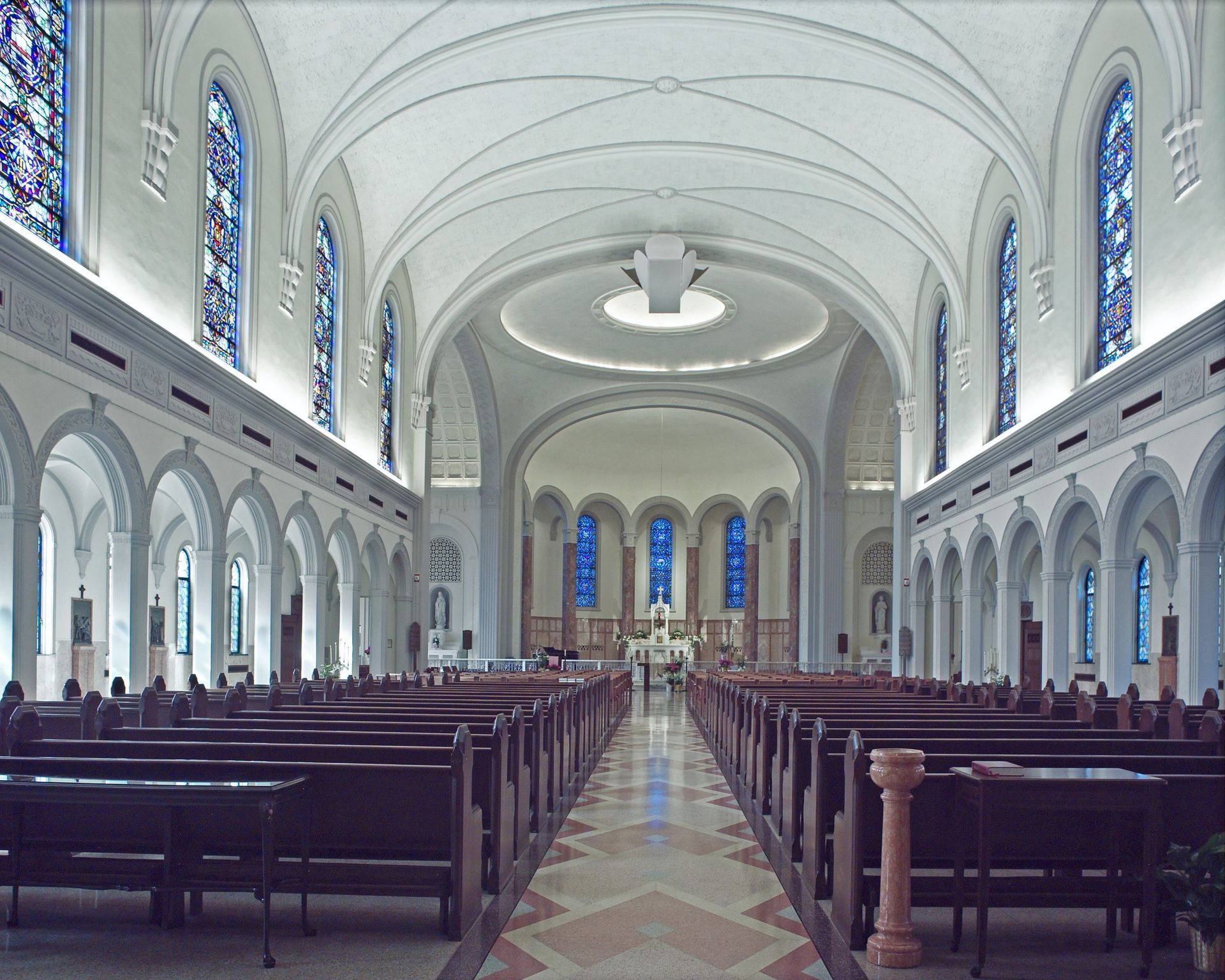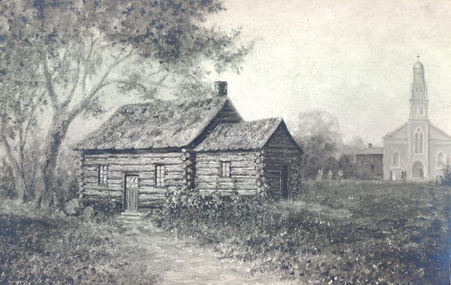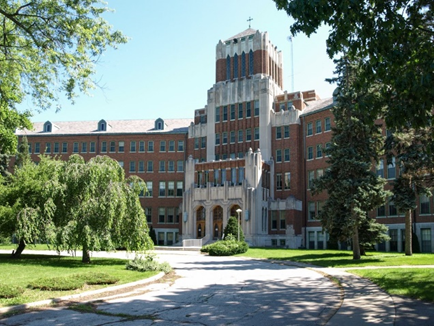
Getting to Know IHM Sisters – Creating Educational Excellence in the Michigan Frontier
Earlier this month we announced, what we consider significant and exciting news, that we plan to become the new owner of the IHM Sisters Senior Living Community, IHM Sisters, in Monroe, Mich. As we draw closer to the effective transition date of July 1, we want to begin to tell the story of the IHM Sisters for those in our Minnesota audience who are unfamiliar with the congregation.
The Sisters, Servants of the Immaculate Heart of Mary (IHM) is a Catholic religious institute of sisters, founded in 1845 by Father Louis Florent Gillet, a priest of the Congregation of the Most Holy Redeemer (commonly known as Redemptorists) and Mother Theresa Maxis Duchemin, an early member of the Oblate Sister of Providence.
Gillet met Maxis in Baltimore and found her to be well-educated and fluent in English and French. He invited her to move to Michigan to establish a community of sisters and a school for girls, to serve the Monroe area’s French-speaking parishioners. She accepted and she and two other women moved into a log cabin (right) in the Michigan frontier. Monroe is located on the western shore of Lake Erie, about 25 miles south of Detroit. It was named after President James Monroe.

To begin educating girls, St. Mary’s Young Ladies Academy was established in 1846 and very quickly became respected and sought-after educators with a steady flow of new members. Around 1900, they had 229 sisters teaching in 34 schools in the Monroe and Detroit areas and outstate, and by the 1920’s, IHMs staffed more schools in Detroit than any other religious community. They also began to staff several high schools at a time when movement toward universal high school was just beginning. At this time, St. Mary’s College, an outgrowth of St. Mary’s Academy, changed its name to Marygrove, and moved to Detroit. It became the first women’s college in Michigan (it closed in 2019). The St. Mary’s Academy building (below) still remains on the Monroe campus, and while IHM will retain its ownership, they plan to work with Saint Therese to explore possibilities for its use.

From their earliest days, the sisters had formal degrees long before they were required of teachers. They actually risked the censure of the bishop by sending sisters to the University of Michigan when it was forbidden for religious women to be educated in secular institutions.
While the sisters originally began as teachers, they have since added ministries of pastoral care in hospitals, long-term care facilities and other health care settings; parish ministry and outreach into poor communities and individuals in need; social services; working with those with AIDS; providing spiritual direction and retreats; and advocacy efforts. We’ll explore some of the great work they do in those areas in our next IHM blog.
Much of the content for this blog can be found in “A Brief History of the Sister, Servants of the Immaculate Heart of Mary (IHM), Barbara G. Stanbridge, IHM, IHM Monograph Series, 2006.
About
At Saint Therese, our heartfelt purpose since 1968 has been a people first approach to living well by providing senior care and services where every life we touch feels welcomed, respected, and heard. We achieve this by doing ordinary things with extraordinary love every single day. Contact us to learn more.







